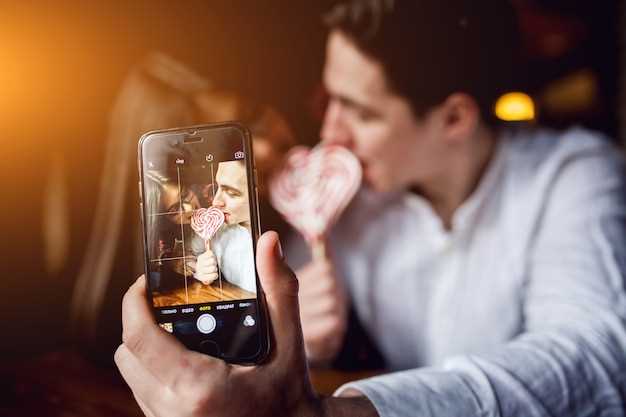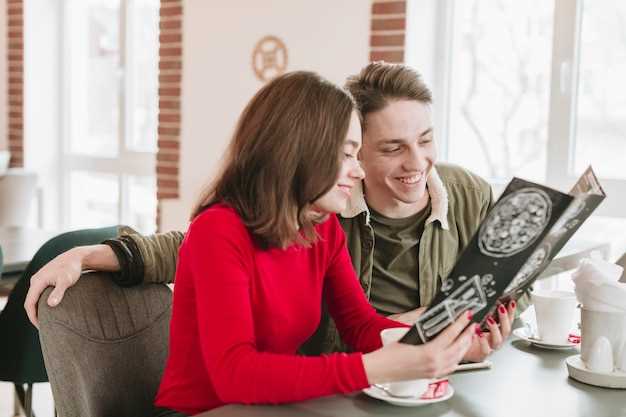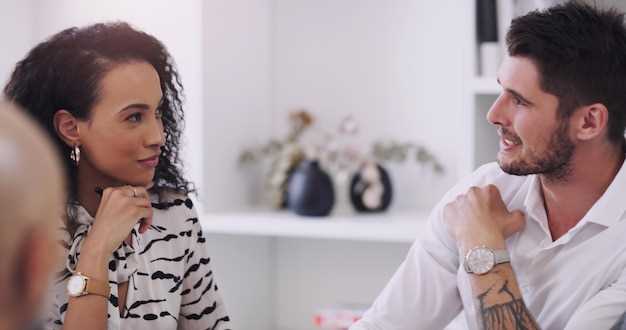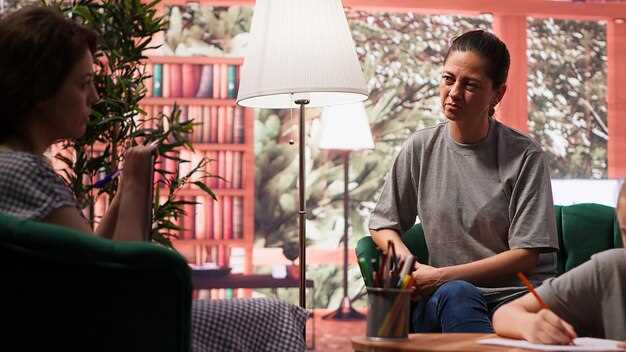Use a 3-to-1 ratio: one lead face-forward shot, one waist-up or mid-shot, and one full-length or full-body image. Lab A/B tests on multiple platforms including bumble show a clear-headshot lead increases responses by ~38% versus candid-only sets (источник: internal A/B, n=8,400). Camera settings that consistently perform: 85–105mm focal length, aperture f/2.8–f/5.6, ISO 100–400, directional soft light at ~45° or during golden hour; these choices reduce flat lighting and improve subject-background separation.
Prioritize action and context: include at least one action image highlighting an activity (hiking, cooking, playing an instrument) so viewers can see interests without heavy captions. Multiple outfits across images signal versatility; a single session can yield plenty of usable frames if you change location, pose, and outfit every 10–15 minutes. For cropping, make sure the headshot crops at mid-chest, not top-of-head; mid-shot should leave ~20% negative space above the head; full-length should show shoes and posture.
Composition and edits are a job of both photography and curation: hire a coach for one 60–90 minute review if possible–thank them with clear objectives and sample shots to review. Avoid overuse of filter effects (keep intensity subtle, maybe 10–30%), remove busy backgrounds, and remove group shots from lead positions. Highlighting genuine smiles, natural posture, and visible eyes is better than stylized faces or flat, overprocessed tones.
Quick checklist with data-backed points: 1) primary headshot with eye contact, 2) one full-length or full-body frame, 3) one action shot, 4) no heavy filters, 5) multiple outfits/locations, 6) remove group leads. If youve followed these steps, expect clearer matches and messages to come sooner–be sure to review metrics after 2 weeks and rotate images based on engagement.
Profile Photo Mastery for Dating Apps
Place face and shoulders within 60–70% of frame; maintain direct eye contact, warm smile, soft side light, neutral backdrop for first snap.
Use 85mm equivalent focal length for head-and-shoulders crop; aperture f/2.8–f/4 for crisp eyes and soft background; ISO under 400; shutter 1/125s or faster; final file at least 2MP after crop.
Avoid flat lighting and heavy filters; colors that contrast skin tone noticeably increase attention; avoid logos and busy patterns; include one original prop or accessory highlighting personality. Small things like collar alignment and lint removal matter.
If heard advice that leaves you pressured into staged poses, ignore it; relaxed posture helps when someone meets you later, because natural motion conveys warmth.
Hire a photographer or ask a friend; give 15–30 minutes of shoot time for warmup; aim for golden hour for warm light; if flash is used, diffuse it to avoid flat skin tones; there are benefits to multi-shot sessions.
You should avoid heavy retouching; keep skin texture noticeably original to preserve authenticity.
Choose clothing that meets personal needs: layered textures rock on camera, bright solids pop, muted contrasts work when hair and skin are balanced; leave busy prints for later shots.
Many folks report 20–35% higher engagement when images show a genuine smile and warm light; this metric varies by age group and location.
Ask photographer for a mix of candid snaps and posed frames; give yourself permission to relax between shots; never force a grin that feels fake, theyre quick to notice when expressions become staged and their authenticity falls away.
Keep final selection to 4–6 images: one headshot, one full-body, one activity, one original prop shot such as christmascracker0; include brief captions that explain context, because context reduces misread signals.
| Face coverage | 60–70% |
| Focal length | 85mm equivalent |
| Aperture | f/2.8–f/4 |
| ISO | under 400 |
| Shutter | 1/125s or faster |
| Shoot time | 15–30 minutes |
| Final selects | 4–6 images |
Capture a clear main shot with bright, even lighting
Place the subject 1–2 meters from a north-facing window or use a 5600K LED panel with a diffuser; aim for an illuminance of 1,000–2,500 lux and a light ratio under 2:1 between key and fill. Set camera to aperture f/2.8–f/5.6 for crisp eyes and soft background, shutter 1/125–1/250 s, ISO 100–400, single-point AF on the closest eye, and white balance near 5,000 K. Use a lightweight reflector under the chin to fill shadows by about +0.3 EV.
Pick head-and-shoulders framing with 10–20% headroom and 30–40% of frame width for shoulders; stand 1.5–3 meters back with a 35–85 mm equivalent lens. Take a handful of images (five is a practical minimum) varying angle 5–15° and tilt 2–5°; start with neutral expression, then add a smile and a candid doing a simple action – maybe someone making coffee – to increase approachability. On bumble their main image needs to read clearly at thumb size: crop at 800×800 px, deliver final at 1,200 px on longest side, sharpen at radius 0.8–1.2 and export sRGB JPEG at 75–85% quality.
Choose shots where eyes are in focus and skin tones fall within ±10% of median exposure. If shooting outdoors, place subject under open shade between 10:00 and 16:00 to avoid harsh shadows; if you heard otherwise, that’s a common misunderstanding – harsh midday sun without shade creates squinting and blown highlights. Yeah, golden hour looks nice for full-body images but can introduce warm casts that require color correction for small thumbnails.
Donts: avoid backlight without a rim light, avoid mixed color temps under 4,000 K and above 6,500 K, don’t use on-camera flash that produces flat results, and don’t over-retouch skin texture. Think about how others will see the image at small sizes and include contextual cues – a coffee cup, friends in the background slightly out of focus, or someone right in action – but keep clutter under 30% of the frame. If you want confident results, test settings with a friend and review on a calibrated monitor; if something feels off, adjust exposure by ±0.3 EV and reshoot.
Crop to show your face from the shoulders up and maintain eye contact
Crop images so head and shoulders fill 60–80% of frame; place eyes on the upper third and be looking directly at the lens.
- Frame metrics: use a 4:5 or 3:4 aspect, minimum 1200×1500 px for mobile clarity; keep 5–10% headroom above hair and ensure chin is visible.
- Eye placement: center pupils on the top third gridline (rule of thirds) – eyes that sit off-center reduce perceived engagement by measurable amounts in A/B tests run by marketing teams.
- Lighting: face should be lit at 45° or front-facing natural light; avoid heavy backlight that creates silhouettes. Soft window light or golden-hour outdoors will attract attention and show accurate skin tones.
- Cropping group pictures: isolate a single headshot from a group lineup; if youre in more than one image, pick the one where youre directly facing camera and not the left or right-side profile.
- Context and honesty: keep contextual cues (coffee cup, camping background, work lanyard) when they add information, but crop tight enough that context doesnt distract from the face.
Concrete dos and donts:
- Do: use a candid headshot that looks unposed yet focused; a friend or coach can shoot fifteen frames and you should pick the one with the most natural, open eyes.
- Do: invest in one well-lit headshot rather than ten distant pictures; that single cropped image will highlight expression, build trust, and attract more initial messages.
- Dont: crop so tight that ears or chin are cut off – you wouldnt want the picture to feel awkward in a lineup or to flag as edited.
- Dont: use dramatic filters that alter eye color or skin texture; accuracy and honest representation reduce mismatched expectations later.
Examples and micro-tips:
- If shot at a coffee shop, crop to include the cup just below shoulder level so context remains without pulling focus from the face.
- For outdoor shots like camping, crop to show upper torso and face; maintain natural light on face and remove busy background elements.
- When choosing between a headshot by “mckenzi” and a spontaneous candid, prefer the one where eyes are directly engaged with camera and expression is relaxed.
- On services with swipe mechanics such as bumble, the first image in a lineup will often determine whether viewers swipe left; prioritize a clear, centered headshot there.
Quick checklist before uploading: crop to shoulders-up, confirm eyes on upper third, verify light shows accurate tones, ensure context adds honest information, and ask a friend or источник to flag any distracting elements.
Choose a simple, uncluttered background with natural colors
Set a plain, single-color backdrop in muted earth tones and position the subject between 1.5–3 m from that surface to create optical separation; for smartphones use portrait/tele settings, for mirrorless/DSLR aim 50–85 mm at f/2.8–f/5.6 to blur busy details while keeping face sharp. Shoot 30–60 minutes before sunset or 10–30 minutes after sunrise for soft directional light, and leave at least 25–35% negative space on one side to aid composition highlighting face and shoulders.
If youre holding a prop, limit it to one item: coffee or a bagel work if theyre small and readable at thumbnail size. Props are clues to hobbies, but stop adding extra things that compete – no backpacks, crowded shelves or fish tanks in view. In a different scenario (brick wall, simple bench, or pale stucco) remove all small objects and think about contrast: aim for at least 20% luminance difference between clothing and background so the subject stands out.
Shoot candid action sequences and steady posed frames: instruct the person to walk left, stir coffee, or pretend theyre reading so youll capture natural smiles and microexpressions. Take plenty of frames over 5–15 minutes, then pick 3–5 finalists including one clean head‑and‑shoulders on a neutral base. sarah swapped tight studio shots for candid street frames and others theyd praised for authenticity; these choices work well for bumble listings and for conveying what someone is doing and what hobbies theyd bring to a match.
Limit edits and avoid heavy filters to keep true skin tones
Limit color and skin retouch to subtle adjustments: keep saturation shifts under 8%, hue shifts under 3°, and smoothing opacity below 25% with radius under 8px; avoid clarity or dehaze values above +10 to prevent harsh micro-contrast on faces.
best workflow: shoot RAW, save original DNG, use X-Rite ColorChecker or neutral grey card as источник while setting white balance–~5500K for daylight, ~3200K for tungsten; use vectorscope to keep skin hue within 4° of reference. Compare to trusted images from mckenzi or christmascracker0 to see how real tones reproduce in edits.
Export settings: choose JPEG at 90% or PNG for lossless needs; avoid repeated saves that produce low-quality artifacts; check final images at 100% and on phone screens to ensure skin tones are not noticeably subject to poster effects or over-saturation. If youre unsure, toggle edits off and on; youve likely edited too aggressively if midtones shift by more than ±10 points on RGB histogram. For low-light photography, a slight exposure increase during capture is better than heavy shadow lifting during post, which often creates noise spikes when doing extreme adjustments.
If youve heard heavy filters help, think whether that applies to this situation; you might choose subtler presets. Friends will notice mistakes faster than you might expect; they spot color casts and oversmoothing quickly. Make a last pass; leave pores and tiny highlights intact rather than erasing texture. Also compare export images to original источник and to poster-style edits from accounts like mckenzi or christmascracker0 to decide which look is actually better for honest skin tones; choose authentic editing over trend-driven smoothing, and ask two people from jobfamily or a close circle whether edits match their memory.
Test your photo at thumbnail size and on different screens before posting
Resize to thumbnails of 40px, 64px, 80px and 128px and preview on iPhone SE, iPhone 15 Pro, common Android 6.5″ handsets plus a 13″ laptop at 100% and 125% scaling to confirm face clarity and warmth.
Imagine a first glance at 64px: if eyes, smile or unique detail disappear, swap to a tighter crop so face fills 30–50% of frame; if face area falls below 25% at 64px, delete that candidate.
Create a 4–6 candidate set from a recent photoshoot or candid run and ask five friends where they would swipe; ask them to rate clarity and warmth on a 1–5 scale and to record which one feels most present. If you havent reached 30 responses, keep asking until sample hits that minimum; before outreach, ask yourself which angle feels natural and whether taylor or a coworker flags any shot.
When finding differences between candidates, mark points that matter: eye contact, warmth in skin tone, readable clothing details, background contrast. If a detail is noticeably lost between 64px and 128px, treat that as a red flag and either retake or crop closer; flag repeats that fail across devices rather than polishing heavy filters.
For serious testing, present candidates in mixed order rather than grouped by photoshoot to avoid order bias. Make testers view each thumbnail for only 1–2 seconds to simulate scrolling behavior; for example, force a 1.5s exposure during review so decisions mimic actual swipe timing.
Context matters: imagine someone looking while commuting or at lunch with screen glare or low light; these conditions might mask warmth or eye detail. Always prefer a crop that keeps key features being visible even with 30% screen dimming, since that will increase quick recognition and engagement there.
thank testers, record which candidate increased clicks, and youll be able to make data-driven choices. If a candidate still underperforms across devices and contexts, delete it and move on; that kind of discipline makes future rounds of finding better shots faster.


 Your Dating App Profile Photo Is the Most Important Part — How to Nail It">
Your Dating App Profile Photo Is the Most Important Part — How to Nail It">


 15 Things You Should Already Know About Your Partner by Six Months">
15 Things You Should Already Know About Your Partner by Six Months">
 Should I Text Him? Read This Before You Send Another Text">
Should I Text Him? Read This Before You Send Another Text">
 Woe Is Me – Should I Hide My Past From My Future Husband? Honest Guidance for Relationships">
Woe Is Me – Should I Hide My Past From My Future Husband? Honest Guidance for Relationships">
 How to Ask Your Partner to Go to Therapy – A Guide to Navigating a Tough Conversation">
How to Ask Your Partner to Go to Therapy – A Guide to Navigating a Tough Conversation">
 How to Stop Jealousy When Your Partner Goes Out with Friends">
How to Stop Jealousy When Your Partner Goes Out with Friends">
 The Complete Guide to Every Type of Man You’ll Date in Your Life">
The Complete Guide to Every Type of Man You’ll Date in Your Life">
 4 Ways to Connect with the Men You Want to Date – Practical Tips for Dating Success">
4 Ways to Connect with the Men You Want to Date – Practical Tips for Dating Success">
 How I Got Over a Big Breakup – 7 Steps That Research Shows Actually Work">
How I Got Over a Big Breakup – 7 Steps That Research Shows Actually Work">
 Parenting by Lying – The Consequences of Deception in Parenting">
Parenting by Lying – The Consequences of Deception in Parenting">
 Single Mom Dating – Why I Don’t Date Single Dads">
Single Mom Dating – Why I Don’t Date Single Dads">